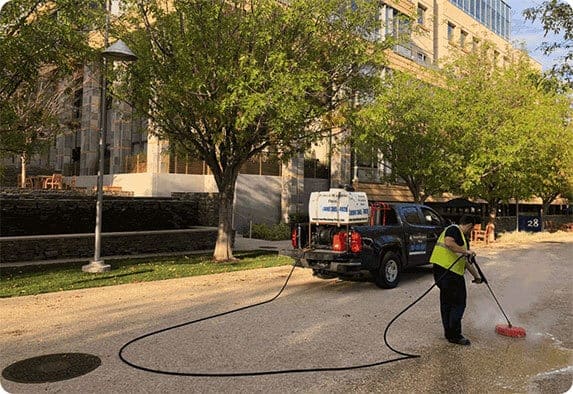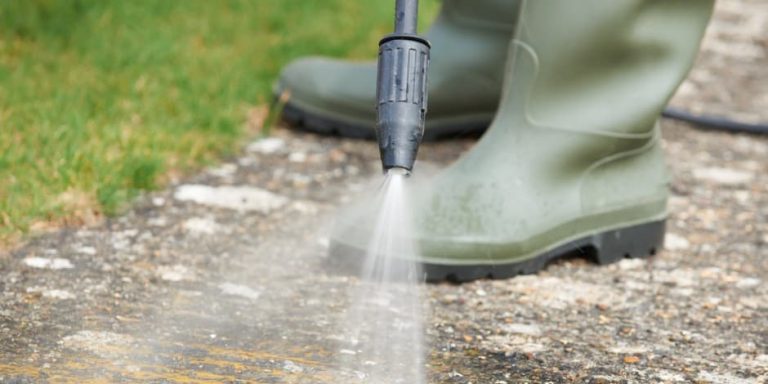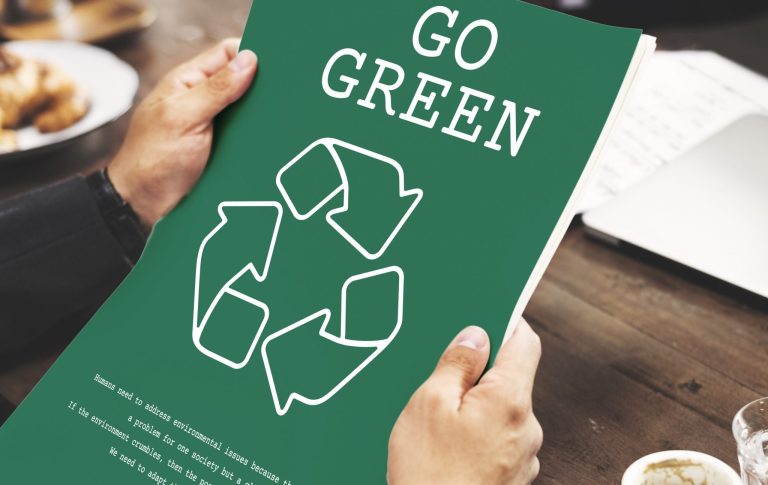
Construction sites are often chaotic, muddy, and covered in debris. To keep equipment running smoothly and meet safety and inspection standards, power washing is frequently used to clean tools, vehicles, concrete surfaces, and scaffolding. But behind the grime-blasting efficiency of a pressure washer lies a set of serious environmental concerns.
When power washing isn’t managed responsibly on a construction site, the result can be toxic runoff, sediment overload, soil degradation, and aquatic contamination. In this article, we’ll explore the environmental risks associated with construction site pressure washing—and how developers and contractors can mitigate those risks while still keeping job sites safe and clean. 🧼🏞️
🏗️ Why Power Washing Is Used on Construction Sites
Power washing is common on active or completed job sites for several reasons:
- Cleaning concrete after pouring
- Removing graffiti or surface stains
- Prepping walls for painting or sealing
- Washing mud, oil, or cement residue from heavy machinery
- Meeting cleanup standards before final inspections
It’s effective, fast, and helps contractors deliver polished results. But those benefits come at a cost if environmental protocols aren’t followed.
💧 The Top Environmental Risks of Construction Power Washing
1. Toxic Runoff Into Storm Drains
Perhaps the biggest risk comes from runoff that isn’t captured or treated. Most construction sites use:
- Concrete dissolvers
- Acidic cleaners
- Solvent-based degreasers
- Paint strippers
These chemicals, when mixed with high-pressure water, create runoff that:
- Flows into nearby streets and drains
- Picks up dirt, oil, and heavy metals
- Enters municipal stormwater systems
- Ultimately dumps into untreated natural bodies of water
Even when only water is used, it can still carry cement residue, silt, and small construction particles, polluting ecosystems. 🌊⚠️
2. Soil Contamination
On undeveloped or semi-developed sites, power washing near exposed soil leads to:
- Leaching of detergents and chemicals into the ground
- Disruption of soil microbiota
- Long-term reduction in soil fertility
This makes future landscaping harder and can harm vegetation planted post-construction.
3. Sediment Overload
Concrete dust, crushed stone, and sawdust are often present on construction zones. Power washing kicks these particles into suspension, and if runoff isn’t filtered or collected, sediment flows into:
- Gutters
- Drainage ditches
- Streams and creeks
Too much sediment in water bodies can:
- Suffocate aquatic life 🐟
- Block sunlight for aquatic plants
- Raise water temperatures
- Cause erosion of stream banks
4. Wildlife and Habitat Disruption
Construction often takes place on land that borders parks, forests, or undeveloped terrain. Nearby wildlife—including birds, reptiles, and amphibians—can be harmed by:
- Chemical exposure
- Noise pollution from washers
- Loss of habitat due to runoff flooding or pollution
Especially vulnerable species include frogs, salamanders, nesting birds, and pollinators.
5. Violation of Environmental Regulations
Many municipalities, especially in the U.S., enforce strict rules around:
- Wastewater discharge
- Construction site pollution control
- Stormwater BMPs (Best Management Practices)
Improper power washing can result in:
- Fines
- Work stoppages
- Negative public perception
- Legal complications during final inspection stages 📋⚖️
✅ Best Practices for Environmentally Safe Power Washing on Construction Sites
There are many ways contractors and project managers can minimize the environmental impact of power washing.
🧼 1. Use Green Detergents (Or Water Only)
Choose cleaners that are:
- Biodegradable
- Phosphate-free
- Low-VOC
- Non-acidic
If degreasers or solvents must be used, ensure runoff is collected and treated properly. Avoid bleach-based or highly alkaline products near vegetation or water sources.
Browse Amazon Here For Biodegradable Pressure Washing Detergents
💦 2. Capture and Filter Runoff
Use containment tools like:
- Portable berms
- Water reclamation vacuums
- Dewatering bags
- Filtration socks and sediment tanks
These help trap particles, prevent soil saturation, and reduce pollutants entering storm drains.
🛻 3. Designate Wash Areas
Create dedicated wash zones on-site with:
- Impermeable surfaces (concrete or containment mats)
- Distance from drains or open soil
- Drainage directed to a containment tank or treatment system
This ensures washing activities are localized and easier to monitor. 🧃
🧱 4. Schedule Smartly
Avoid washing:
- During or right before rain (which accelerates runoff)
- Near landscaping, tree roots, or gardens
- While excavation or earth-moving equipment is operating nearby
Consider scheduling clean-up at off-peak times to reduce combined site impact.
📚 5. Train Your Team
Ensure every crew member understands:
- Local environmental regulations
- Site-specific BMPs
- How to properly dispose of wastewater and filters
- Emergency protocols for chemical spills
Environmental violations often stem from poor communication—not intent. 🧠
🔄 6. Reuse Water When Possible
Some high-volume construction companies now use mobile reclamation systems that filter and reuse water multiple times. Though they require up-front investment, these systems:
- Reduce water costs
- Improve compliance
- Make projects more sustainable and appealing to eco-conscious clients ♻️
🧠 Final Thoughts
Power washing on construction sites doesn’t have to be an environmental hazard. With proper containment, smart product choices, and team education, it’s entirely possible to balance jobsite efficiency with ecological responsibility.
As cities adopt stricter stormwater management policies and public awareness grows, eco-conscious site management isn’t just good for the planet—it’s good for business. 🌍✅
Browse Amazon Here For Top Rated Power Washers And Accessories






